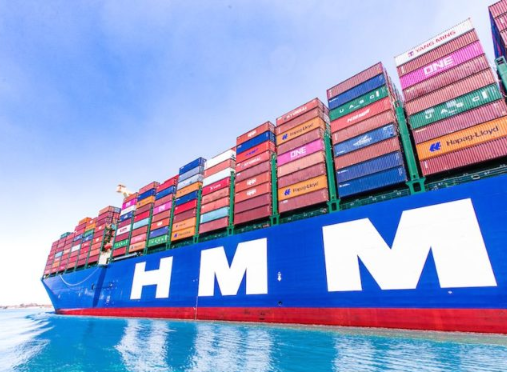美国零售商正在减少过度膨胀的库存,这些零售商没有急于补充库存,而是专注于拥有适量的库存。该策略颠覆了库存减少将自动导致更多补货和货运量的假设,扭转了自去年秋天以来牢固存在的下行周期。

零售库存减少低于预期,加上更精确的预测、订购和补货,意味着集装箱进口以及国内多式联运和卡车运输量减少,这意味着低迷的货运市场不太可能很快恢复昔日的辉煌。
折扣零售商Five Below的首席运营官Kenneth Bull表示,其总存货在第二季度末达到5.44亿美元,Five Below的存货比去年同期减少了4.4%。然而,以每家商店为基础,平均商品库存同比下降了15%,为了在一天结束时更好地购买,我们必须确保在正确的时间在正确的位置拥有正确的库存。
织物和工艺品零售商JOANN的执行副总裁克里斯·迪图里奥Chris DiTullio表示,为了在万圣节前几个月为更多的万圣节产品腾出空间,今年JOANN减少了春夏季节的库存。
零售库存减少低于预期,加上更精确的预测、订购和补货,意味着集装箱进口以及国内多式联运和卡车运输量减少,由于库存收入的优化和进口运费超额成本的降低,JOANN首席财务官Scott Sekella表示,我们在第二季度末的库存与去年同期相比下降了14.4%,清关项目占总数的不到6%。
货运需求放缓
根据密歇根州立大学物流学副教授杰森·米勒Jason Miller对美国库存数据的分析,美国进口量疲软将持续到2024年年中。预计到2024年上半年,卡车运输量将保持疲软,这意味着低迷的货运市场不太可能很快恢复昔日的辉煌。
从6月到8月,LTL承运人的货运量增长了中个位数至两位数的百分比,但这是从前美国第三大零担承运人Yellow重新分配的货物,而不是新的货物或需求。
零售商正在使用技术和数据分析来更密切地“阅读”消费者并调整他们的销售和库存水平,预计零担市场将在年底前重新平衡。
货代网